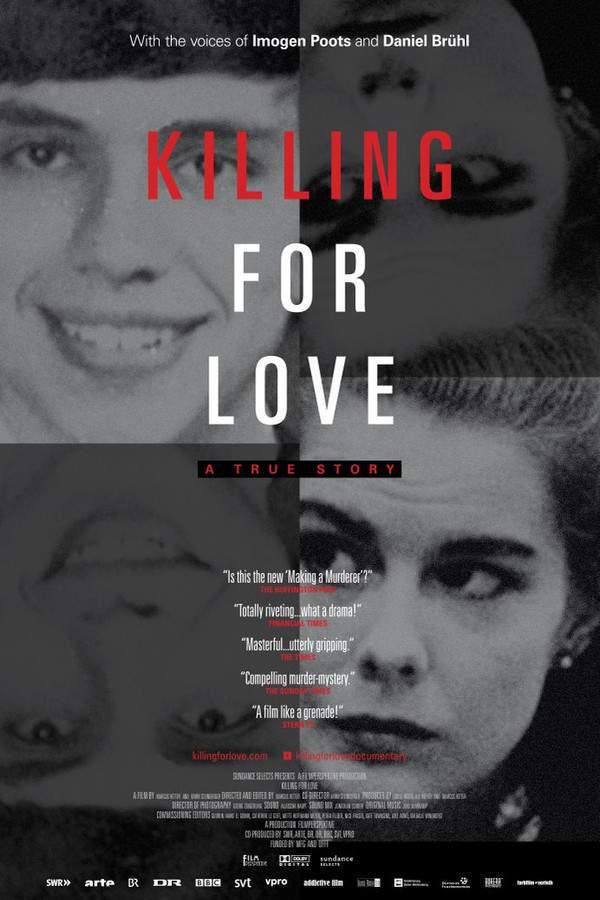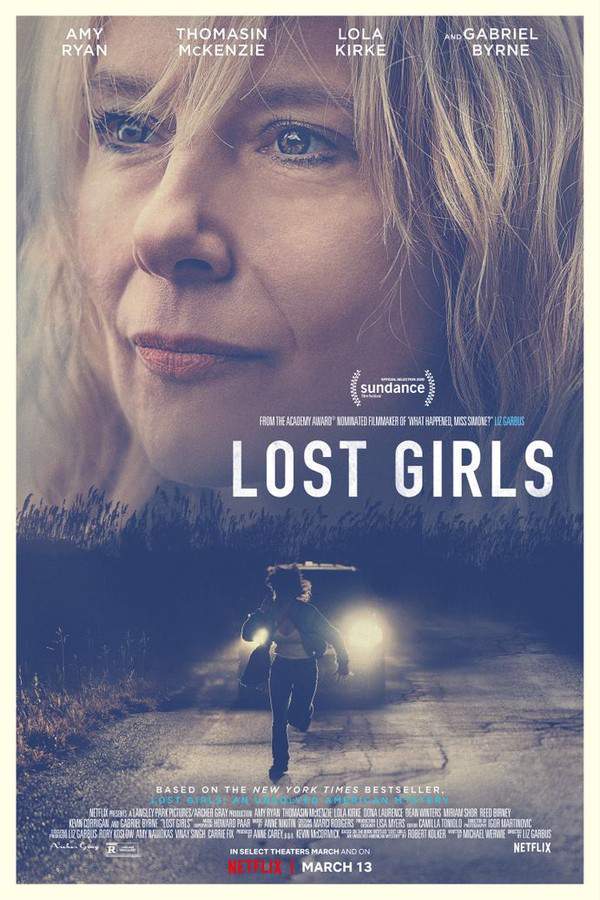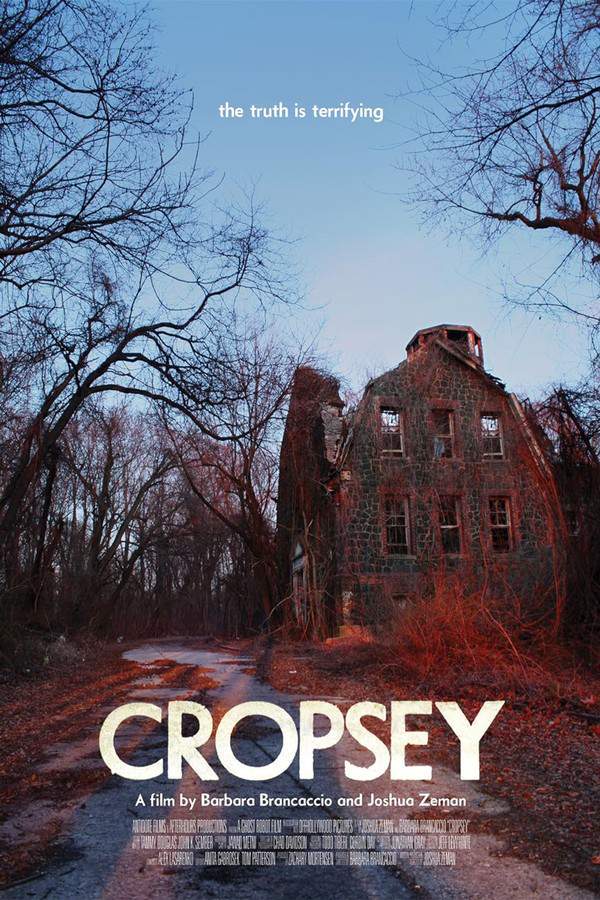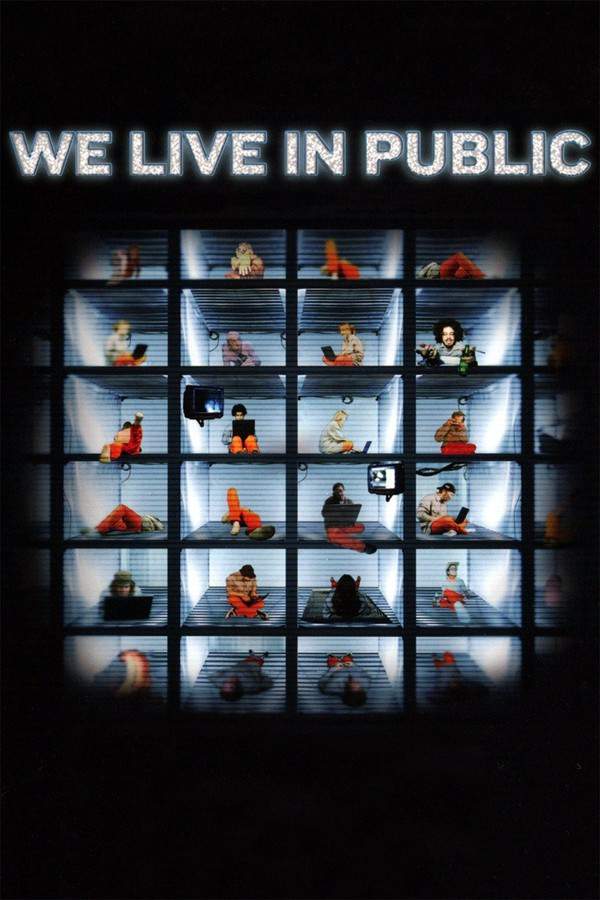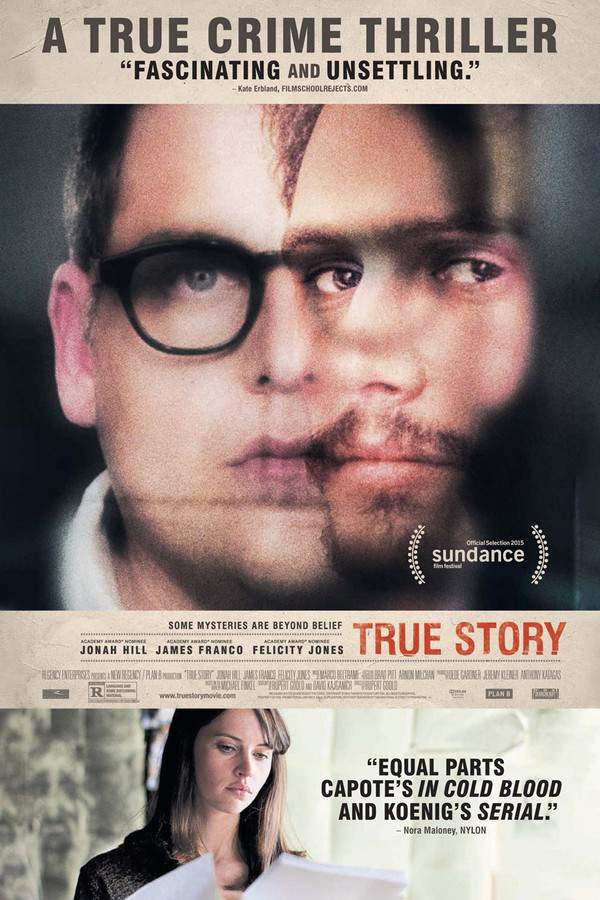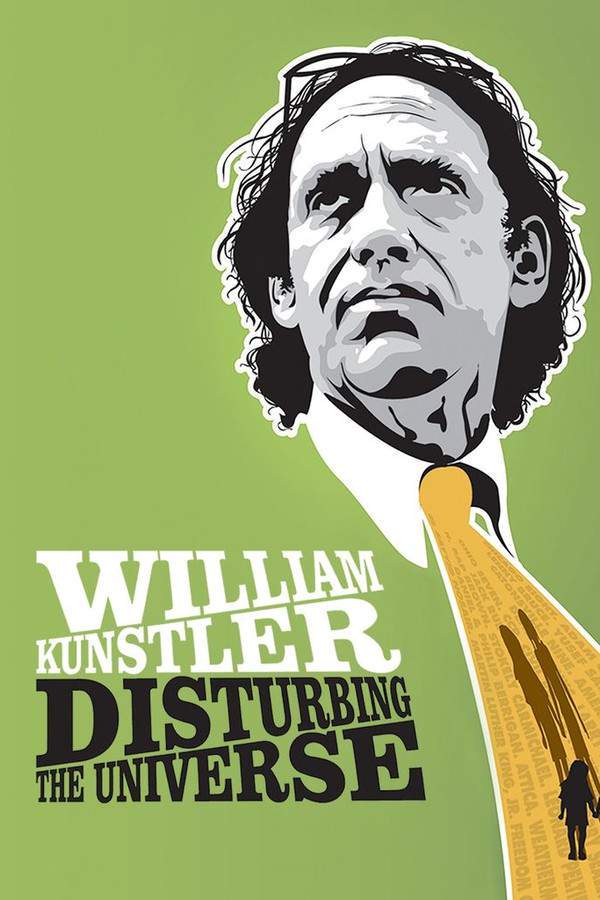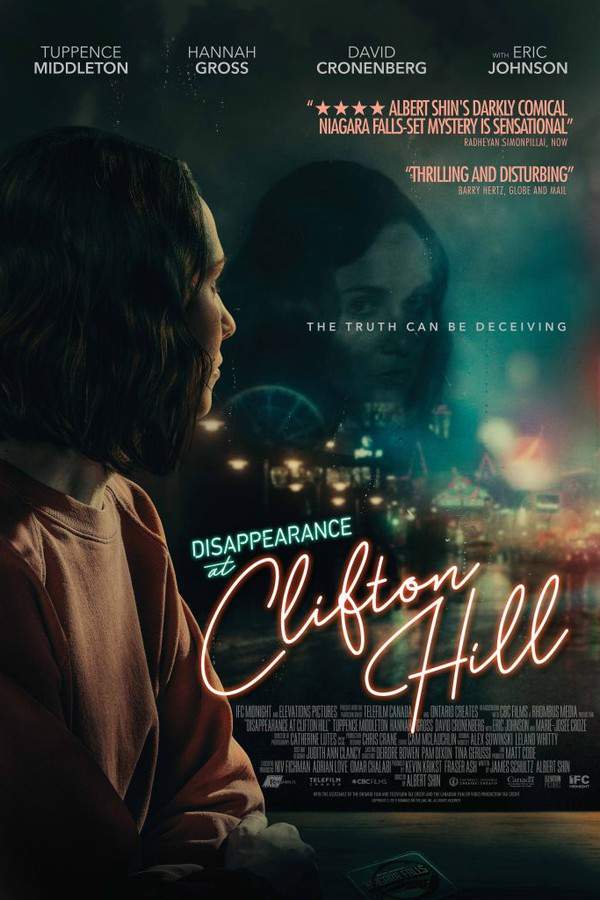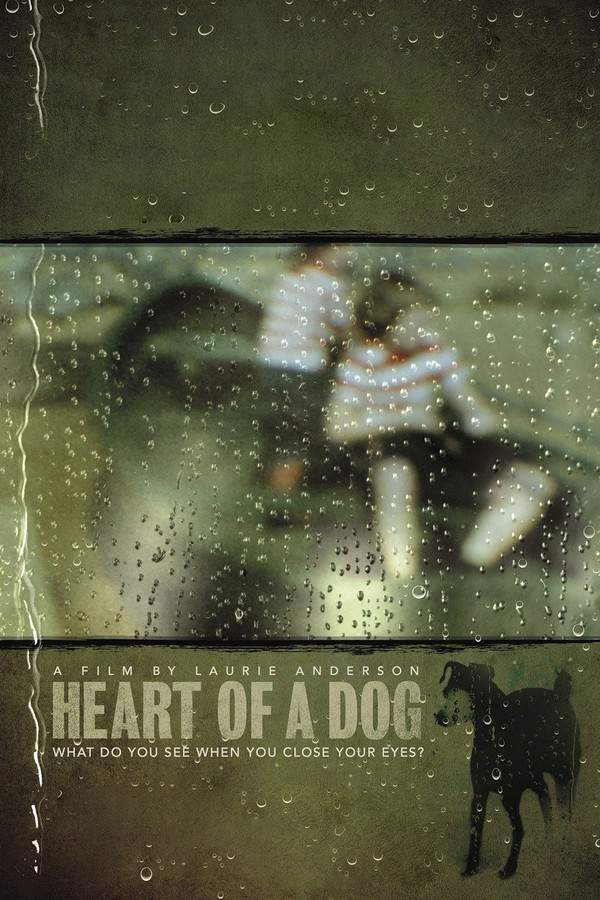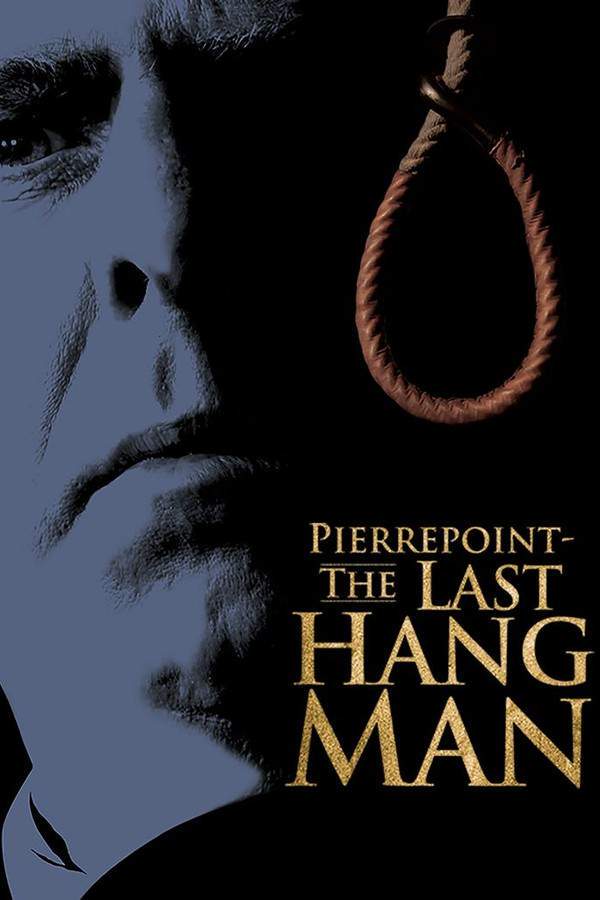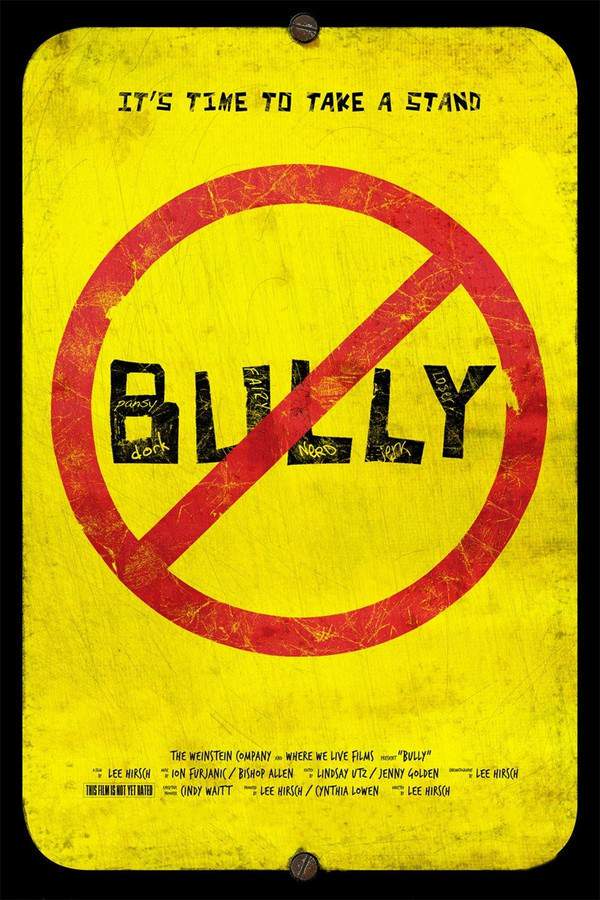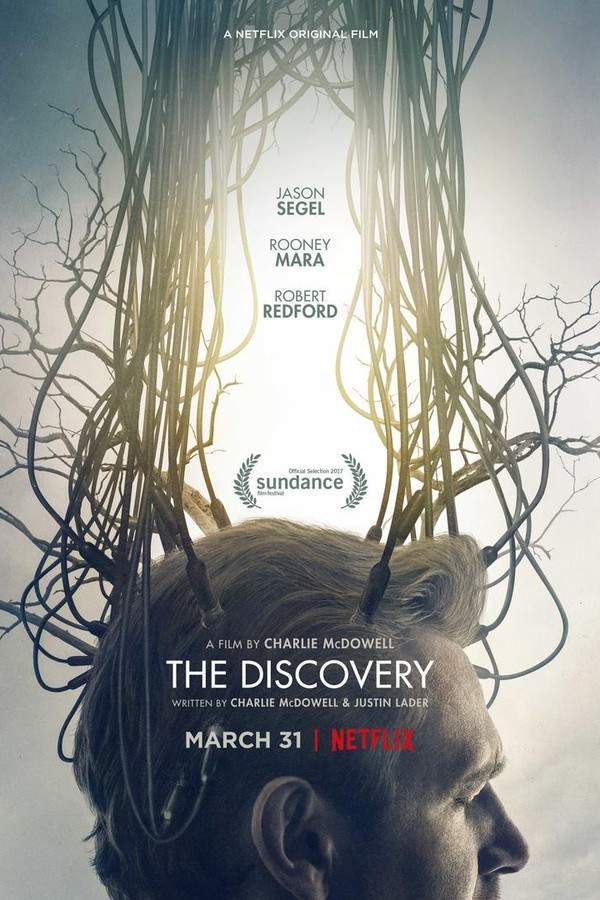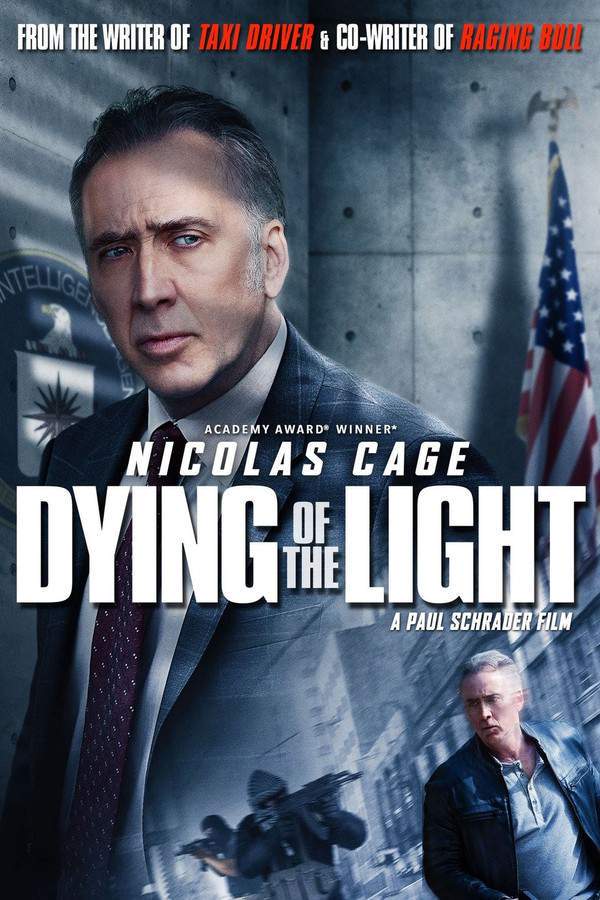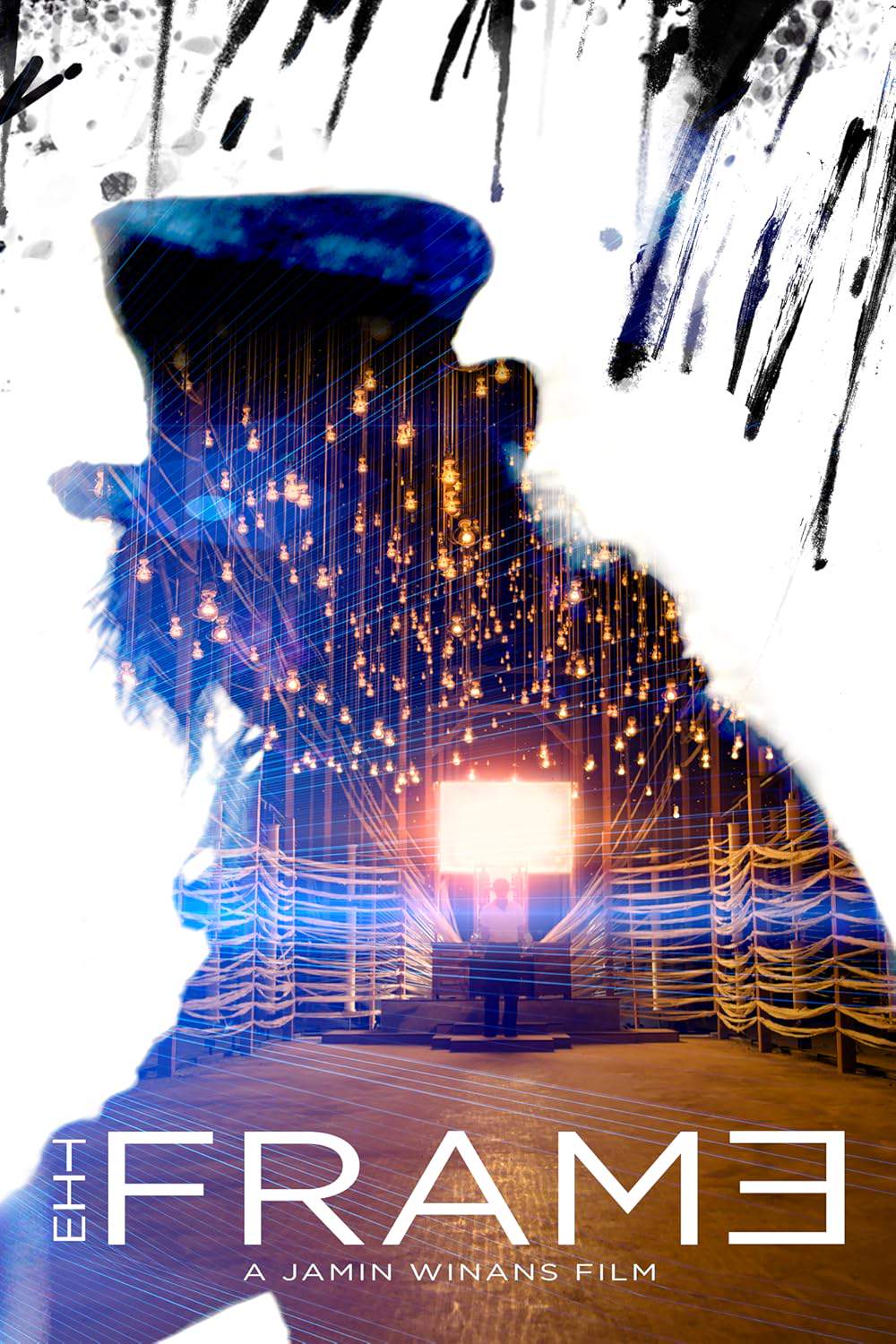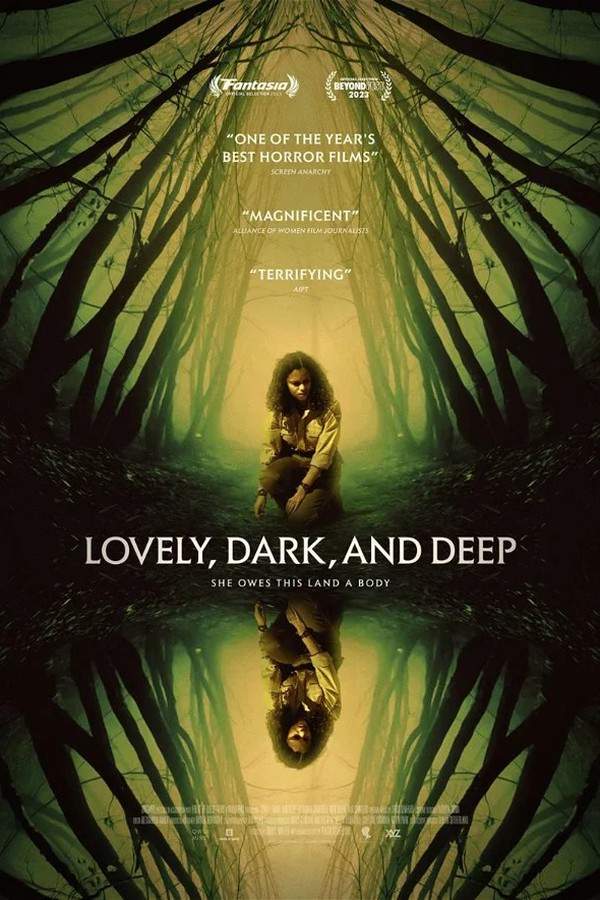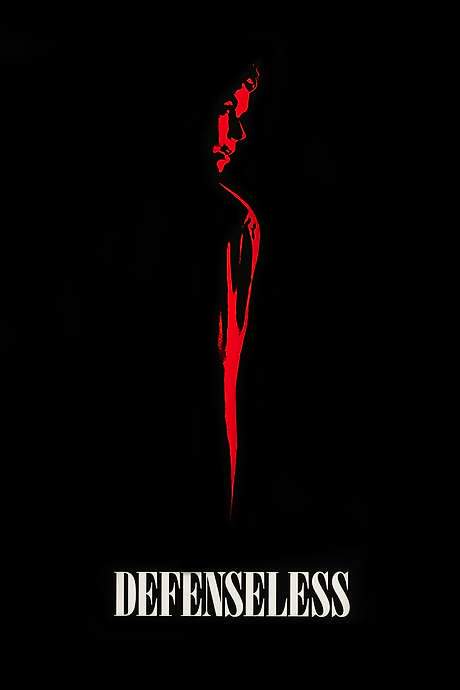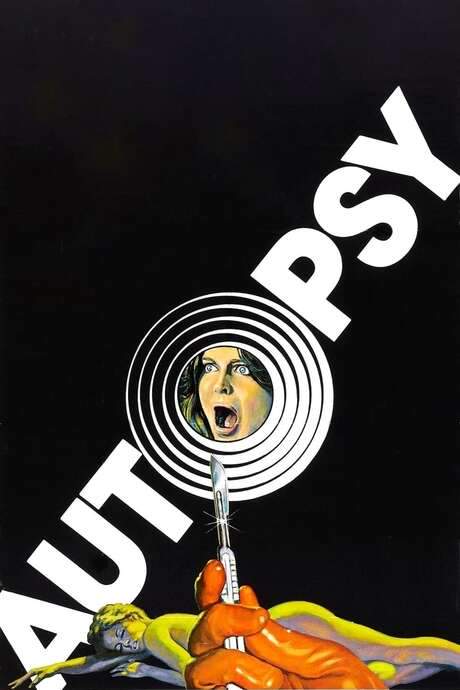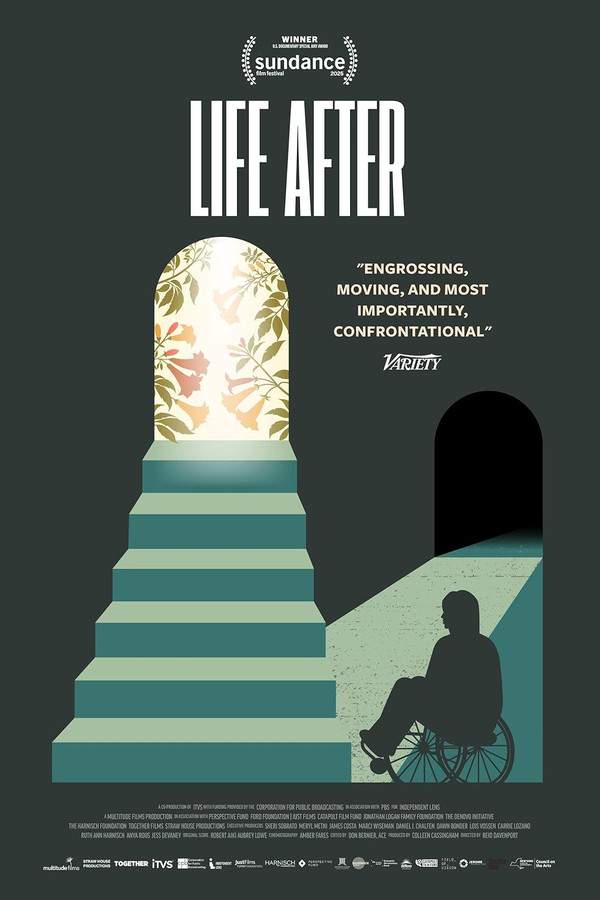
Life After
In 1983, Elizabeth Bouvia, a disabled Californian woman, famously sought the "right to die," sparking a nationwide discussion about individual autonomy and the perception of disabled lives. Following years of legal proceedings, Bouvia disappeared from the public eye. Filmmaker Reid Davenport undertakes a personal quest to uncover the truth behind her disappearance and shed light on the circumstances surrounding her life and the controversy she ignited.
Life After (2025) – Spoiler-Free Movie Summary & Plot Overview
Get a spoiler-free look at Life After (2025) with a clear plot overview that covers the setting, main characters, and story premise—without revealing key twists or the ending. Perfect for deciding if this film is your next watch.
In the early 1980s, a quiet Californian town becomes the unlikely epicenter of a national conversation when Elizabeth Bouvia, a young woman living with a severe disability, publicly demands the right to end her own life. Her courageous plea shatters comfortable assumptions about autonomy, dignity, and the value placed on bodies deemed “different,” igniting heated debates that echo far beyond the courtroom walls. The case lingers in the public imagination, a symbol of personal liberty tangled with the weight of societal judgment.
Decades later, Reid Davenport, a documentary filmmaker haunted by the unresolved threads of that historic struggle, decides to follow the faint trail left by Bouvia’s sudden disappearance from the spotlight. Armed with a camera, a handful of aging witnesses, and an insatiable curiosity, Reid steps into a world where personal history and collective memory intersect. The film’s tone balances intimate, almost reverent portraiture with a probing investigative edge, inviting viewers to feel the lingering pulse of a story that never quite found closure.
As Reid delves deeper, the narrative unfolds against a backdrop of shifting cultural attitudes toward disability rights, medical ethics, and the right to self‑determination. The journey is as much about confronting the lingering ghosts of a bygone era as it is about navigating present‑day complexities—family loyalties, legal labyrinths, and the quiet resilience of those who lived in Bouvia’s shadow. The mood is contemplative and measured, punctuated by moments of quiet wonder when fragments of the past surface in unexpected places.
Through careful listening and patient observation, Reid assembles a mosaic that hints at the truth while honoring the mystery that still surrounds Elizabeth Bouvia’s fate. The film promises a thoughtful meditation on how a single act of defiance can ripple through time, shaping lives, policies, and the collective conscience, leaving the audience eager to witness what will finally be revealed.
Last Updated: August 09, 2025 at 19:05
Explore Movie Threads
Discover curated groups of movies connected by mood, themes, and story style. Browse collections built around emotion, atmosphere, and narrative focus to easily find films that match what you feel like watching right now.
Documentary investigations into real-life mysteries like Life After
Filmmakers become detectives, searching for truth behind a real person's story.Explore movies like Life After where filmmakers undertake personal quests to solve real-world mysteries. These documentaries are emotionally heavy journeys focused on uncovering the truth about people who captivated the public, often revealing profound questions about society and individual rights.
Narrative Summary
Stories begin with a central question about a person's life or disappearance. The narrative follows the filmmaker's investigative process, blending archival footage, interviews, and personal reflection. The journey often uncovers broader societal issues, leading to a conclusion that is as much about the search itself as it is about the answer.
Why These Movies?
These films are grouped by their shared structure of an investigative journey, a focus on a real human story, and a tone that blends journalistic rigor with personal, often heavy, emotional investment. They offer a unique mix of mystery, biography, and social commentary.
Profound examinations of disability and autonomy like Life After
Stories that challenge societal perceptions of disability, life, and personal choice.If you liked Life After's deep dive into disability rights and individual autonomy, explore these movies. They share a dark, heavy tone and tackle complex, often unsettling themes about how society views and values disabled lives, focusing on personal struggle and ethical dilemmas.
Narrative Summary
The narrative follows a disabled individual or their advocate as they confront societal systems, legal battles, and public opinion. The conflict is often internal and external, grappling with profound questions of quality of life, dignity, and the right to self-determination. The journey is typically somber and leaves a lasting emotional impact.
Why These Movies?
Movies in this thread share a core thematic focus on disability, autonomy, and challenging societal norms. They possess a dark, somber tone, heavy emotional weight, and a steady pacing that allows for deep reflection on disturbing but crucial themes.
Unlock the Full Story of Life After
Don't stop at just watching — explore Life After in full detail. From the complete plot summary and scene-by-scene timeline to character breakdowns, thematic analysis, and a deep dive into the ending — every page helps you truly understand what Life After is all about. Plus, discover what's next after the movie.
Life After Summary
Read a complete plot summary of Life After, including all key story points, character arcs, and turning points. This in-depth recap is ideal for understanding the narrative structure or reviewing what happened in the movie.

Life After Timeline
Track the full timeline of Life After with every major event arranged chronologically. Perfect for decoding non-linear storytelling, flashbacks, or parallel narratives with a clear scene-by-scene breakdown.

Characters, Settings & Themes in Life After
Discover the characters, locations, and core themes that shape Life After. Get insights into symbolic elements, setting significance, and deeper narrative meaning — ideal for thematic analysis and movie breakdowns.

Life After Ending Explained
What really happened at the end of Life After? This detailed ending explained page breaks down final scenes, hidden clues, and alternate interpretations with expert analysis and viewer theories.

More About Life After
Visit What's After the Movie to explore more about Life After: box office results, cast and crew info, production details, post-credit scenes, and external links — all in one place for movie fans and researchers.


